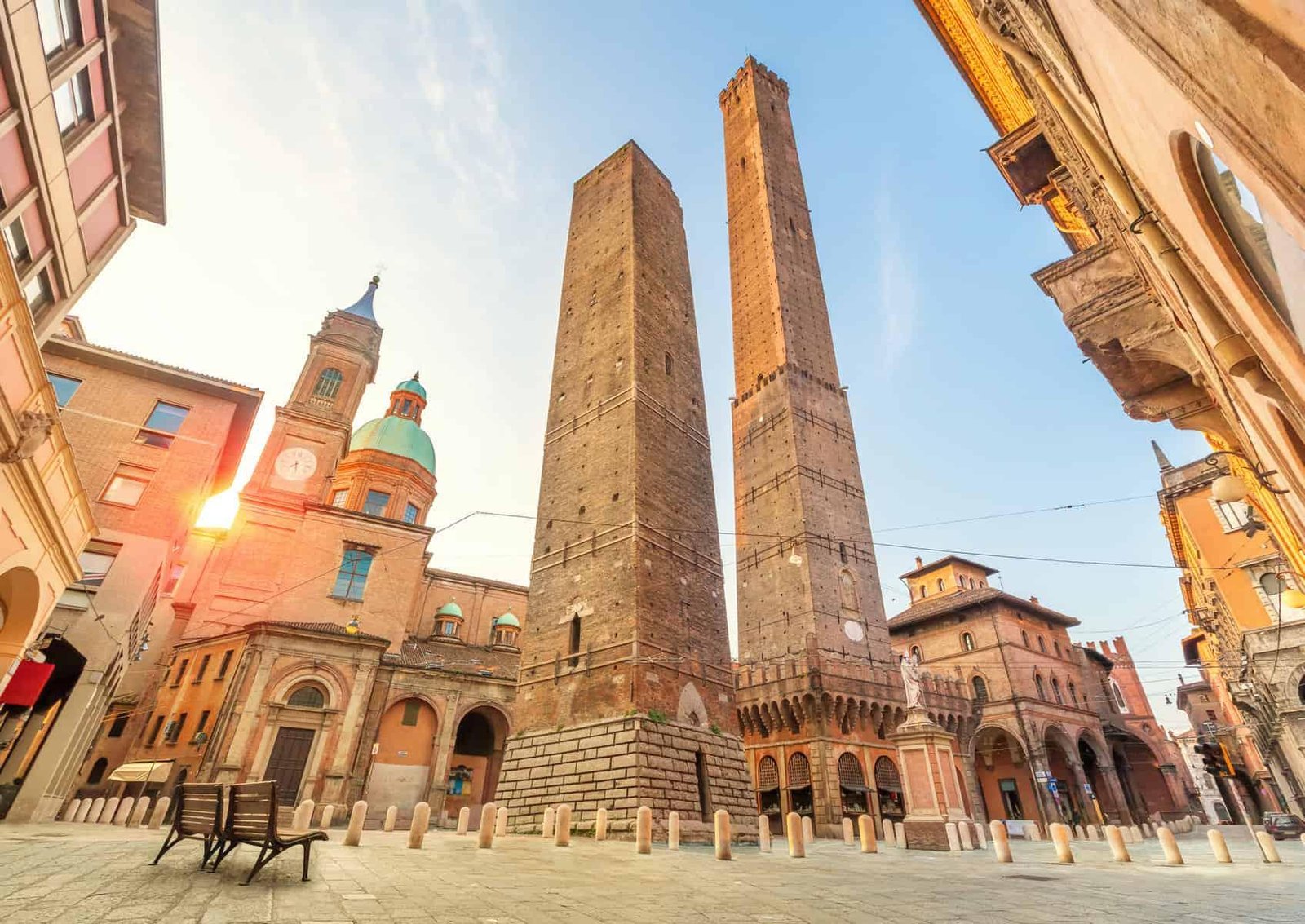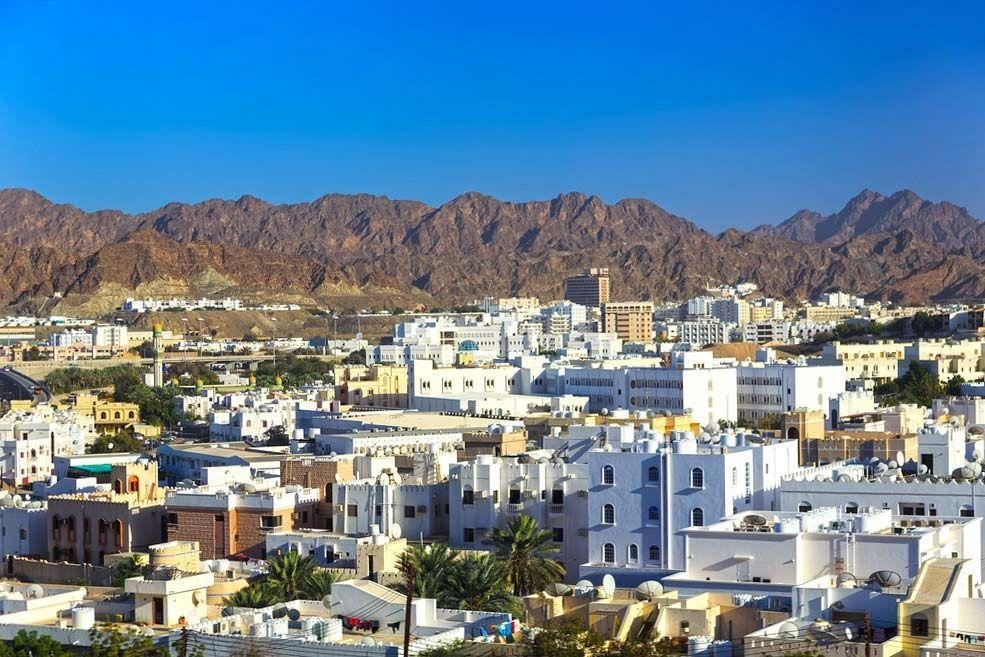Muscat, the capital city of Oman, is a captivating blend of traditional Arabian architecture and modern design, reflecti...
The Architectural Richness of Bologna, Italy

Bologna, the capital of the Emilia-Romagna region in Italy, is a city renowned for its rich architectural heritage, vibrant culture, and historical significance. Known as "La Dotta" (the learned), "La Grassa" (the fat), and "La Rossa" (the red), Bologna is celebrated for its ancient universities, culinary delights, and distinctive terracotta buildings. The city boasts a remarkable array of architectural styles that reflect its evolution from ancient times to the modern era.
One of Bologna's most iconic features is its extensive network of porticoes, which stretch over 38 kilometers (approximately 24 miles) throughout the city. These covered walkways provide shelter from the elements and create a unique urban atmosphere. The porticoes are characterized by their elegant arches and columns, exemplifying the city's medieval architecture. The Portico di San Luca, which leads to the Sanctuary of the Madonna di San Luca, is particularly famous, featuring 666 arches and offering stunning views of the surrounding hills.

The Two Towers, known as Due Torri, are among Bologna's most recognizable landmarks. The Asinelli Tower, standing at 97 meters, is the tallest leaning tower in Italy, while the Garisenda Tower, slightly shorter, also leans precariously. These towers were built in the 12th century and served as symbols of wealth and power for the noble families of Bologna. Today, they offer panoramic views of the city and are a testament to the medieval architectural prowess of the time.
Bologna's historic center is adorned with numerous churches that showcase a variety of architectural styles. The Basilica di San Petronio, located in the Piazza Maggiore, is one of the largest churches in the world. Its construction began in the 14th century and features a striking façade of unfinished brick and marble, reflecting the city's Gothic architectural influences. The interior boasts stunning chapels, frescoes, and a unique meridian line, demonstrating the church's astronomical significance.
Another architectural gem is the Santo Stefano complex, often referred to as the "Seven Churches." This remarkable site consists of a series of interconnected churches and courtyards that date back to the early Christian period. The architectural styles within the complex vary, showcasing elements of Romanesque, Gothic, and Baroque design. The tranquility of the courtyards and the intricate details of the churches make this a serene and historically rich destination.
Bologna's university, founded in 1088, is considered the oldest university in the world. The Archiginnasio, originally the main building of the university, is a masterpiece of Renaissance architecture. Its elegant façade features a grand staircase leading to a stunning courtyard adorned with coats of arms from former students. The Anatomical Theatre, located within the Archiginnasio, is an extraordinary example of 17th-century design, where medical students once observed dissections.

The city’s palaces, or "palazzi," reflect the wealth and power of Bologna’s noble families. The Palazzo Comunale, the town hall, is a magnificent structure that combines various architectural styles, including Gothic and Renaissance. The intricate façade and grand staircase lead to beautifully decorated rooms, showcasing the city’s rich history and artistic heritage. Another notable palace is the Palazzo Re Enzo, named after the son of Frederick II, which features a stunning courtyard and impressive medieval architecture.
Bologna's vibrant streets are lined with colorful buildings that showcase a mix of architectural styles. The use of terracotta and vibrant hues gives the city its signature "red" appearance. The buildings often feature ornate details, wrought iron balconies, and charming courtyards, creating a picturesque urban landscape. Wandering through the narrow streets allows visitors to appreciate the city's architectural charm and history.
The modern architecture of Bologna is also noteworthy, with contemporary designs complementing the historic fabric of the city. The MAMbo (Museo d'Arte Moderna di Bologna) is a striking example of modern architecture, housed in a former pasta factory. Its innovative design and contemporary exhibitions showcase the city’s commitment to the arts and culture. The building's sleek lines and large windows create a striking contrast against the historic surroundings.

In addition to its architectural landmarks, Bologna is known for its vibrant public squares. The Piazza Maggiore, the heart of the city, is surrounded by stunning buildings, including the Basilica di San Petronio and the Palazzo dei Banchi. This lively square serves as a gathering place for locals and visitors, hosting events, markets, and performances throughout the year.
Bologna's culinary scene is also intertwined with its architectural landscape. Traditional trattorias and osterias, often housed in historic buildings, offer visitors a taste of the region's renowned cuisine. The combination of delectable food, charming interiors, and lively atmospheres enhances the overall experience of exploring the city's architecture.
The city hosts various cultural events and festivals that celebrate its architectural heritage. The Bologna Jazz Festival, held annually, attracts music lovers from around the world, while the Bologna Children's Book Fair showcases the city's literary and artistic contributions. These events often take place against the backdrop of Bologna's stunning architecture, creating a vibrant atmosphere that reflects the city's cultural richness.
As Bologna continues to evolve, efforts to preserve its architectural heritage remain essential. Restoration projects aim to maintain the integrity of historic buildings while accommodating modern needs. The balance between preservation and contemporary design is crucial to ensuring that Bologna retains its unique character and charm.
In conclusion, the architecture of Bologna, Italy, is a captivating journey through time, showcasing a harmonious blend of historical influences and artistic innovation. From the iconic porticoes and medieval towers to the grand basilicas and elegant palaces, the city offers a diverse array of architectural marvels that reflect its rich cultural heritage. The unique terracotta buildings, vibrant squares, and modern designs all contribute to the distinctive character of Bologna, making it a true gem of Italy.
As visitors explore the architectural wonders of Bologna, they are transported through centuries of history, experiencing the layers of culture that have shaped this remarkable city. Each building tells a story, revealing the aspirations and achievements of the people who have called Bologna home throughout the ages. With its stunning architecture and vibrant atmosphere, Bologna continues to captivate the hearts of all who visit, inviting them to discover the rich narratives woven into its urban landscape.
Share:




